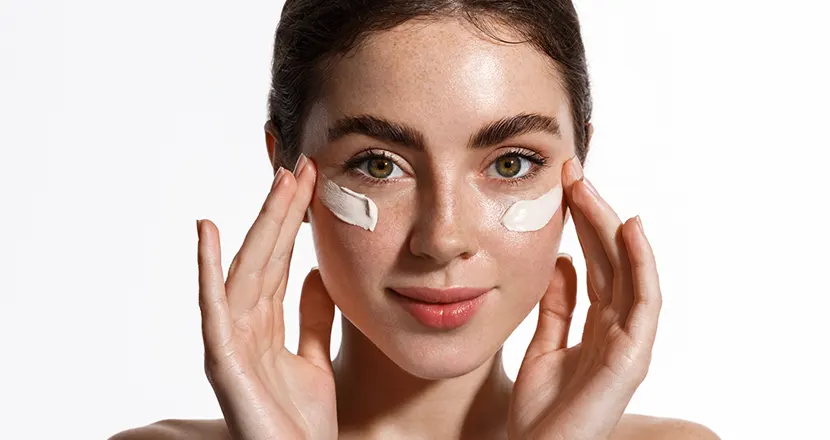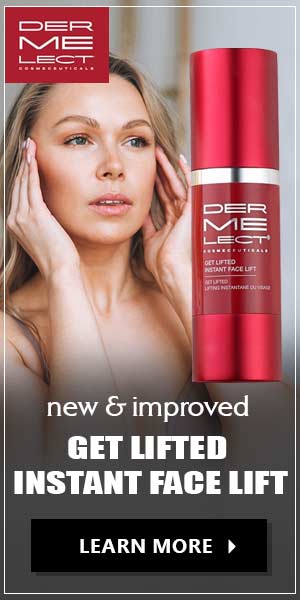The skincare industry offers a plethora of options for combating signs of aging, with retinal and retinol emerging as two popular choices. In this article, we’ll compare retinal and retinol to help you determine which is the best option for your skincare needs. By understanding the differences and benefits of each, you can make an informed decision to achieve your desired skincare goals.
1.Understanding Retinal and Retinol
Retinal and retinol are both derivatives of vitamin A, but they differ in their molecular structure and potency.
Retinol, also known as vitamin A1, is a well-established ingredient in skincare products, renowned for its ability to stimulate cell turnover and collagen production. It works by converting into retinoic acid, the active form of vitamin A, which signals cellular skin renewal, resulting in a smoother, more even complexion.
On the other hand, retinal, also referred to as vitamin A aldehyde, is a more advanced form of vitamin A. It is closer to the active retinoic acid form, making it more potent and efficient than retinol. Retinal is essentially a “precursor” to retinoic acid, requiring fewer conversion steps in the skin, which means it can deliver faster, more effective skincare results compared to retinol.
2. Potency and Efficacy
When addressing common skincare concerns such as fine lines, wrinkles, and uneven texture, retinal takes the lead in terms of potency and efficacy. According to a study published in the Journal of Cosmetic Dermatology, retinal demonstrated a higher conversion rate to retinoic acid compared to retinol, resulting in more significant improvements in the appearance of photoaged skin. Retinal’s superior potency allows it to target signs of aging more intensely, delivering visible results faster than its retinol counterpart.
3. Tolerance and Sensitivity
While it may be powerful, retinal is generally considered to be better tolerated than retinol. This is due to its unique formulation and delivery system, which allows for a gentler yet effective approach.
Many skincare brands have developed encapsulated or time-release retinal formulations, designed to gradually release the active ingredient over time. This controlled release mechanism minimizes the risk of irritation and inflammation, making retinal a more suitable option for those with sensitive skin.
4. Stability and Shelf Life
Taking into account specific formulations and packaging, both retinoids can be relatively unstable and should be used within the given time. As retinol is further away from the active form of retinoic acid, it can be viewed as the more stable compound.
5. Incorporating into Skincare Routine
Regardless of whether you choose retinal or retinol, it’s crucial to gradually introduce these powerful ingredients into your nighttime skincare routine to minimize potential irritation and allow your skin to adjust.
For retinal, start by using it once or twice a week, gradually increasing the frequency as your skin acclimates. Apply a pea-sized amount to clean, dry skin, following with a moisturizer to counteract any dryness.
If you opt for retinol, begin with a low concentration (0.3% or less) and use it once or twice a week, gradually increasing the frequency and strength as tolerated. Always use a broad-spectrum sunscreen during the day, as retinoids can increase photosensitivity.
As visible results may take several weeks or months to manifest, be patient and consistent when incorporating retinal or retinol into your routine. Additionally, be mindful of potential side effects such as redness, peeling, or dryness, and adjust your usage accordingly.
Final Verdict
In the battle between retinal and retinol, there is no definitive “best” choice – it ultimately depends on your skin type, concerns, and tolerance levels. Retinal offers a gentler yet more potent and potentially faster-acting solution, while retinol may be a more stable or accessible option for those new to using vitamin A derivatives.
Regardless of your choice, consistency and patience are key when incorporating these powerful ingredients into your skincare routine. By understanding the nuances between retinal and retinol, you can make an informed decision to achieve your desired skincare goals and unveil a radiant, youthful complexion.
 By Amira Nouh, MD
By Amira Nouh, MD





